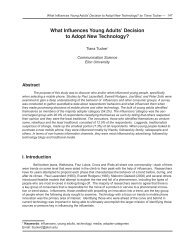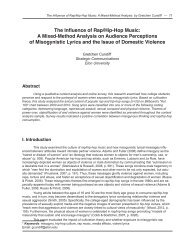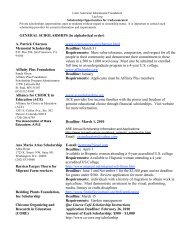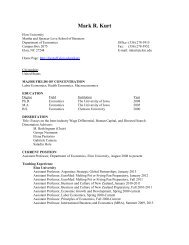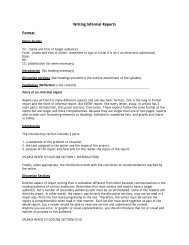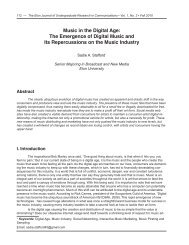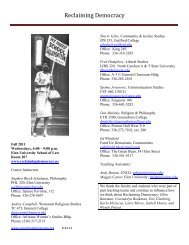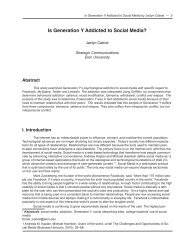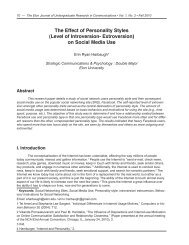In the Supreme Court of the United States In the Supreme Court of ...
In the Supreme Court of the United States In the Supreme Court of ...
In the Supreme Court of the United States In the Supreme Court of ...
You also want an ePaper? Increase the reach of your titles
YUMPU automatically turns print PDFs into web optimized ePapers that Google loves.
edroom, but <strong>the</strong> <strong>of</strong>ficers performed a protective sweep <strong>of</strong> <strong>the</strong> room to ensure <strong>the</strong>ir safety. Id. at<br />
589–90 (holding a sweep is reasonable even when “initial entry to <strong>the</strong> home [is] pursuant to<br />
consent” and <strong>the</strong> “consent does not <strong>of</strong> itself legally authorize <strong>the</strong> entry into <strong>the</strong> area swept”). The<br />
Fifth Circuit understood that if <strong>the</strong> <strong>of</strong>ficers had waited to obtain a warrant before sweeping <strong>the</strong><br />
room, <strong>the</strong> suspect could have harmed ano<strong>the</strong>r individual. Id. at 590.<br />
The First Circuit has similarly upheld non-arrest protective sweeps when <strong>of</strong>ficers are<br />
pursuing a dangerous suspect. For example, <strong>the</strong> First Circuit held a protective sweep was<br />
reasonable when an <strong>of</strong>ficer entered an apartment while investigating a shooting. Martins, 413<br />
F.3d at 144–45, 150 (“[The] inference <strong>of</strong> danger was much more real and immediate than a<br />
generic fear.”). The shooting took place only one hundred yards from <strong>the</strong> apartment in a gang-<br />
populated area. Id. at 144. Additionally, one <strong>of</strong> <strong>the</strong> suspects ran into <strong>the</strong> apartment complex,<br />
although <strong>the</strong> suspect did not live in <strong>the</strong> apartment. Id.<br />
Here, <strong>the</strong> Officer was also legally on <strong>the</strong> premises for a legitimate reason. Just like <strong>the</strong><br />
<strong>of</strong>ficer in Gould, <strong>the</strong> Officer entered <strong>the</strong> home only after an occupant allowed him inside. R. at<br />
6. While <strong>the</strong> Officer did not have <strong>the</strong> authority to fully search <strong>the</strong> kitchen, R. at 6, performing a<br />
protective sweep was an imperative safety measure, as it was in Gould. A violent neighborhood<br />
burglary had just occurred. R. at 5. Because <strong>of</strong> this burglary, <strong>the</strong> Officer was searching for a<br />
dangerous suspect, just like <strong>the</strong> <strong>of</strong>ficers in Gould and Martins. R. at 5–6.<br />
The threat <strong>the</strong> burglary suspect posed, as in Martins, was “real and immediate.” 413 F.3d<br />
at 150. The burglar matched <strong>the</strong> description <strong>of</strong> <strong>the</strong> burglar who murdered <strong>the</strong> Convict’s<br />
neighbor, and witnesses had seen <strong>the</strong> suspect fleeing towards <strong>the</strong> Convict’s home. R. at 5. As in<br />
Martins, where <strong>the</strong> <strong>of</strong>ficer pursued a dangerous criminal into an apartment complex, <strong>the</strong> Officer<br />
was assisting in <strong>the</strong> systematic pursuit <strong>of</strong> this dangerous burglary suspect. R. at 5. If <strong>the</strong> Officer<br />
13




